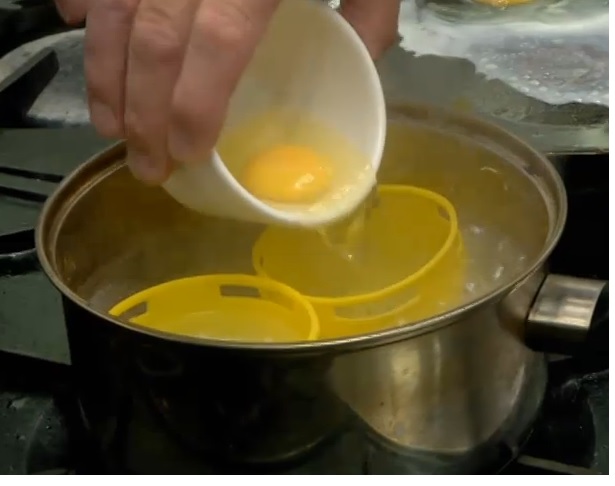that would be an interesting thread - what do you use your microwave for ?
amongst friends use of a combo for baked potatoes is all I'm envious of (sponge puddings and xmas puddings would be nice though)
using a microwave at work for porridge is OK, but they seem to pulse (like some induction cookers) so can be boiling up one second and dormant the next.
edit ; so if you want a microwave thsat does not pulse get an invertor one like @Raymond Lin
amongst friends use of a combo for baked potatoes is all I'm envious of (sponge puddings and xmas puddings would be nice though)
using a microwave at work for porridge is OK, but they seem to pulse (like some induction cookers) so can be boiling up one second and dormant the next.
edit ; so if you want a microwave thsat does not pulse get an invertor one like @Raymond Lin
Comparing Microwave ovens with and without an inverter
Unlike other microwave ovens, Inverter Technology delivers a seamless stream of cooking power –– even at lower settings –– for precision cooking that preserves the flavor and texture of your favorite foods. Other microwaves mimic lower heat settings by turning the power on and off repeatedly, which can result in overcooked edges and cool spots in the middle. With Inverter, you can poach, braise and even steam more delicate foods, all with the speed and convenience of a microwave. You'll enjoy delicious, healthy cooking results, and all in less time!
In inverter-equipped microwave ovens, the power transformer is replaced by a circuit board, which converts the 60Hz incoming line frequency to a variable rate of 20 KHz to 45 KHz. A relatively small transformer is then required to increase the voltage to the level required by a magnetron. By varying the pulse width, the output power can be linearly controlled for more precise cooking and defrosting levels. The bulky power transformer is replaced by a small, lightweight circuit board; and, because less heat is dissipated, power efficiency is increased. Conventional technology uses just a single power level, which is regulated by switching pulses. In contrast, inverter technology directly controls the power output. This constant soft penetration of microwave energy prevents the common problems of shrinkage, overcooking, and loss of nutrients. The result is even food temperature and textures throughout
Last edited:




